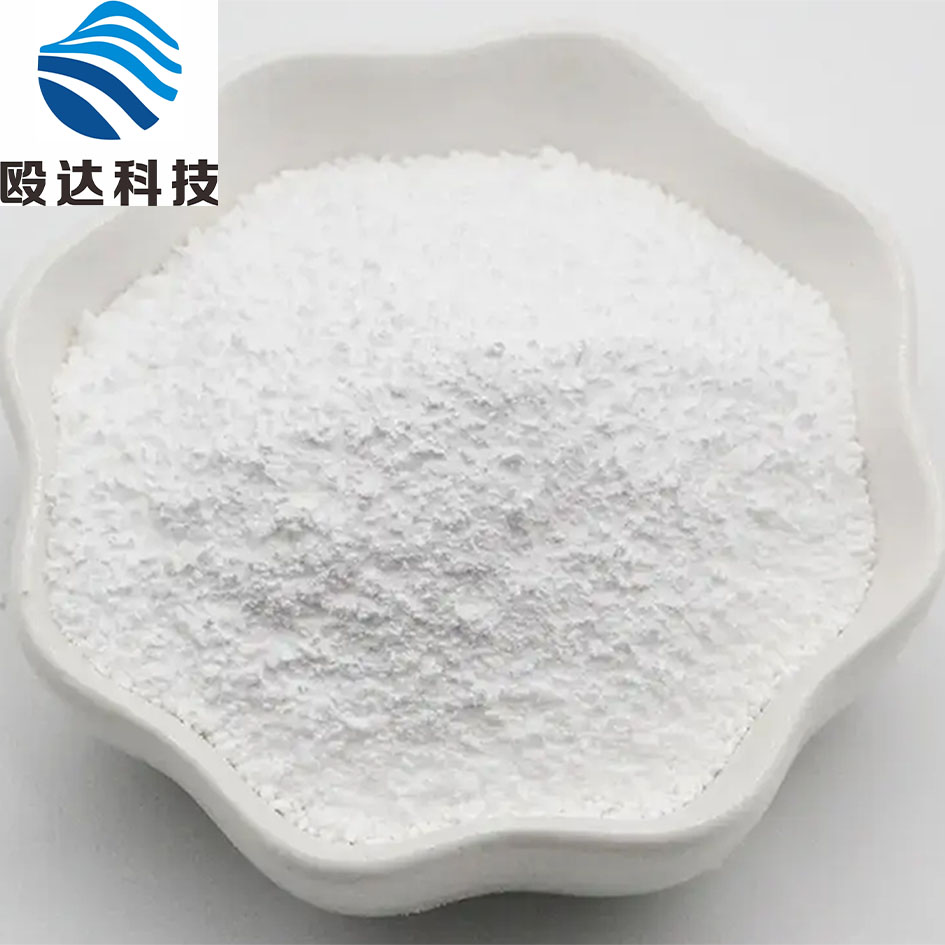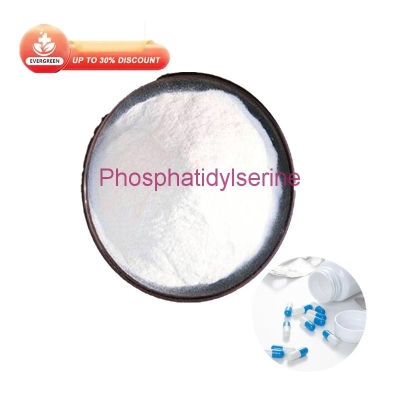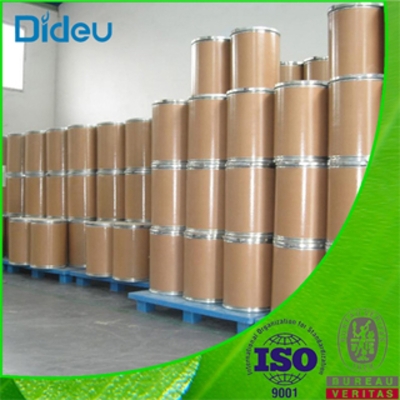-
Categories
-
Pharmaceutical Intermediates
-
Active Pharmaceutical Ingredients
-
Food Additives
- Industrial Coatings
- Agrochemicals
- Dyes and Pigments
- Surfactant
- Flavors and Fragrances
- Chemical Reagents
- Catalyst and Auxiliary
- Natural Products
- Inorganic Chemistry
-
Organic Chemistry
-
Biochemical Engineering
- Analytical Chemistry
- Cosmetic Ingredient
-
Pharmaceutical Intermediates
Promotion
ECHEMI Mall
Wholesale
Weekly Price
Exhibition
News
-
Trade Service
Saxagliptin hydrate is a widely used pharmaceutical drug that is used to treat type 2 diabetes.
However, it also has several applications in the chemical industry, where it is used as a catalyst, a precursor, and a reactive intermediate in various chemical reactions.
In this article, we will explore the different applications of Saxagliptin hydrate in the chemical industry.
One of the most common applications of Saxagliptin hydrate in the chemical industry is as a catalyst in the production of various chemicals and pharmaceuticals.
For example, it can be used in the production of anti-cancer drugs, antibiotics, and other pharmaceuticals.
Saxagliptin hydrate acts as a catalyst in these reactions, speeding up the reaction rate and improving the yield of the desired product.
This makes it an essential component in the production of these drugs, which are used to treat various diseases and medical conditions.
Saxagliptin hydrate can also be used as a precursor in the production of other chemicals.
For example, it can be used to produce other drugs, such as DPP-4 inhibitors, which are used to treat type 2 diabetes.
Saxagliptin hydrate is converted into these drugs through a series of chemical reactions, which involve the use of various reagents and catalysts.
This process is highly efficient, and it produces high-quality products that are used in the treatment of diabetes and other medical conditions.
In addition to its use as a catalyst and precursor, Saxagliptin hydrate can also be used as a reactive intermediate in the production of various chemicals.
For example, it can be used in the production of polymers, which are used in the production of plastics, adhesives, and other materials.
Saxagliptin hydrate is converted into these polymers through a series of chemical reactions, which involve the use of various reagents and catalysts.
This process is highly efficient, and it produces high-quality polymers that are used in a wide range of applications.
Another application of Saxagliptin hydrate in the chemical industry is in the production of advanced materials.
For example, it can be used to produce carbon nanotubes, which are used in various electronics and other materials.
Saxagliptin hydrate is converted into these nanotubes through a series of chemical reactions, which involve the use of various reagents and catalysts.
This process is highly efficient, and it produces high-quality nanotubes that are used in various applications, such as energy storage, electronics, and biomedicine.
Saxagliptin hydrate can also be used in the production of composites, which are used in the production of various materials, such as fiberglass and carbon fiber.
Saxagliptin hydrate is converted into these composites through a series of chemical reactions, which involve the use of various reagents and catalysts.
This process is highly efficient, and it produces high-quality composites that are used in various applications, such as aerospace, automotive, and construction.
In addition to these applications, Saxagliptin hydrate can also be used in the production of electrode materials, which are used in various energy storage devices, such as batteries and supercapacitors.
Saxagliptin hydrate is converted into these materials through a series of chemical reactions, which involve the use of various reagents and catalysts.
This process is highly efficient, and it produces high-quality electrode materials that are used in various applications, such as electric vehicles, renewable energy, and portable electronics.
Saxagliptin hydrate can also be used in the production of various polymeric materials, such as conductive polymers and biodegradable polymers.
Saxagliptin hydrate is converted into these polymers through a series of chemical reactions, which involve the use of various reagents and catalysts.
This process is highly efficient, and it produces high-quality polymers that are used in various applications, such as electronic







